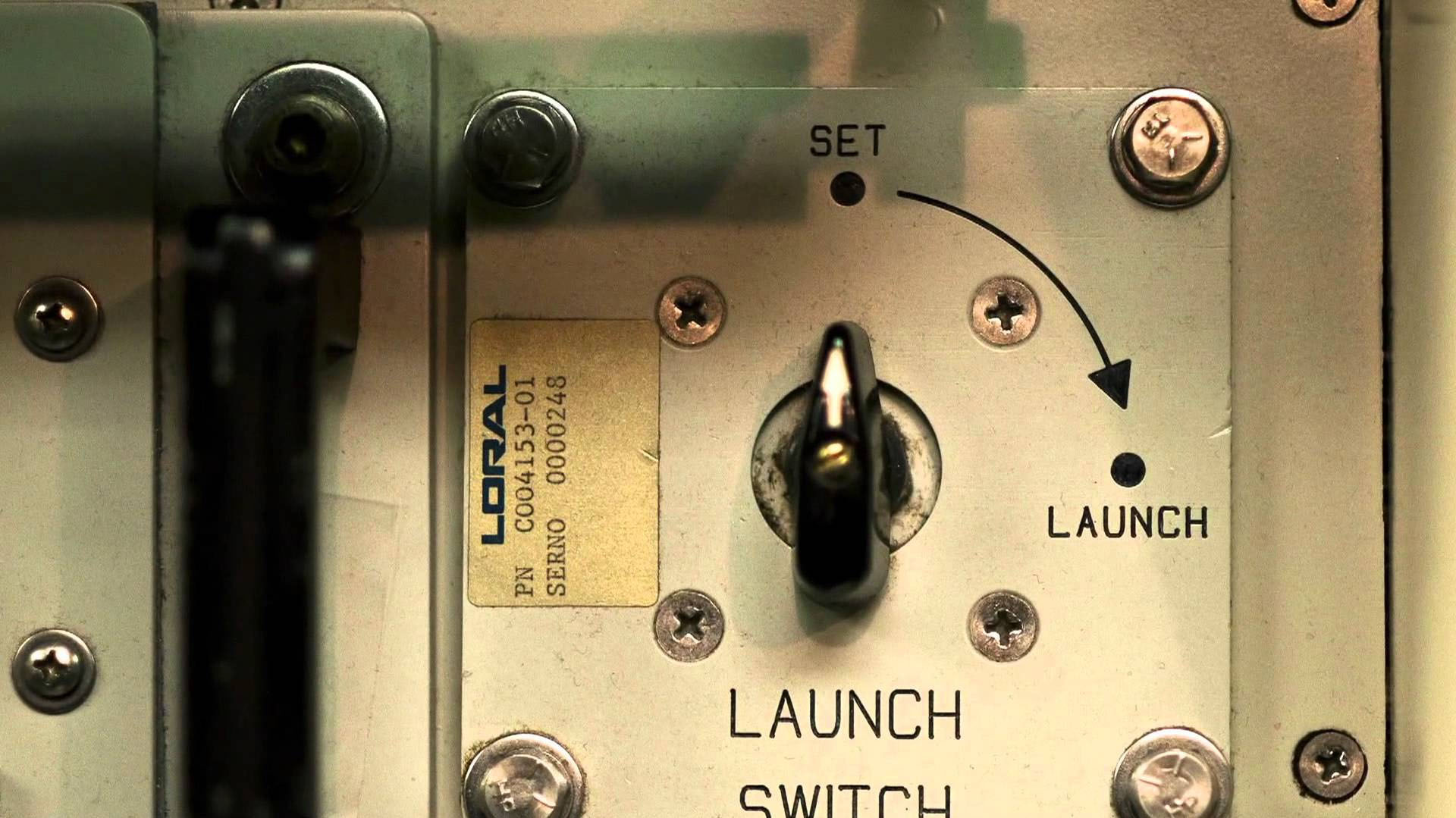Date
April 21, 1982
Document
- View PDF (449 KB)
Description
This document is the last in a series for a conference on “C3 I for Warfighting” and seeks to evaluate the Soviet Union’s command and control system. To first understand the C3 system of the Soviet Union, it is important to review how they believe a conflict is most likely to unfold. The Soviets expect a period of tension followed by a conventional conflict in the European theater. Due to the risk of conventional war, the Soviets predict a theater nuclear phase to follow the conventional warfare. They do not believe intercontinental nuclear warfare would be necessary as long as they could complete their objectives without it. Finally, they believe the conflict would end with conventional forces and the Soviets completing their objectives.
The Soviet system places a high emphasis on centralized command. The General Staff, which heads the military and can act as executive agents of the nation in wartime, can easily coordinate the development of weapons and operational practices throughout all necessary systems. This strong authority has many positives as it allows the General Staff to easily direct all departments as they see fit and create continuity across the multitude of systems involved in their command and control. However, this strong central command also possesses several weaknesses. Its bureaucracy could easily become overwhelmed by the amount of data needed to plan for so many different forces. It is also doubtful that commanders in the field could deviate from given plans or continue towards an objective if cut off from the centralized control.
Another key component of the Soveit C3 system is the disruption of their adversaries command and control. This would help ensure the survivability of the Soviet system and would be accomplished through electronic warfare, sabotage, conventional or nuclear warfare. The General Staff have also placed a priority on survivability, redundancy, and flexibility of their C3 operations. It is also notable that the automation of the Soviets C3, while lacking to that of the US, is increasing at an impressive rate.
Citation
“Soviet Command and Control for Warfighting”. C3 I for Warfighting. 1982.
Topics
Document entry started by Jordan Cory on August 16, 2020. Entry last updated by Jordan Cory on August 16, 2020.

